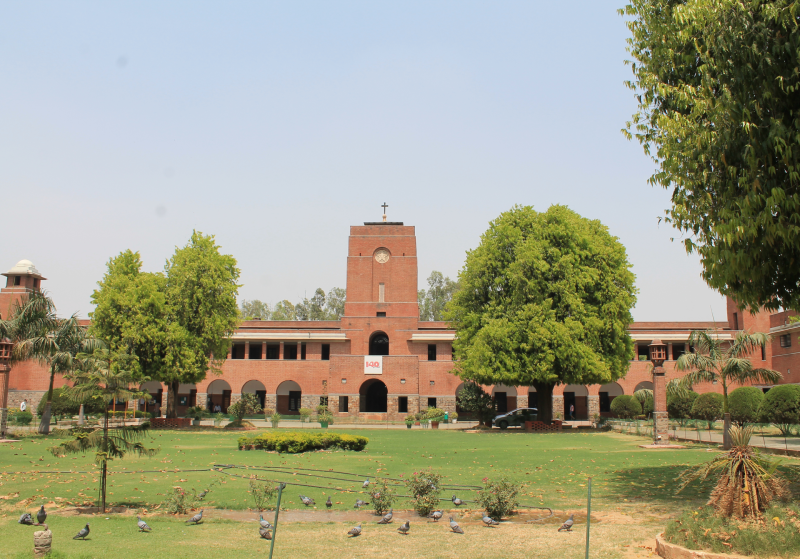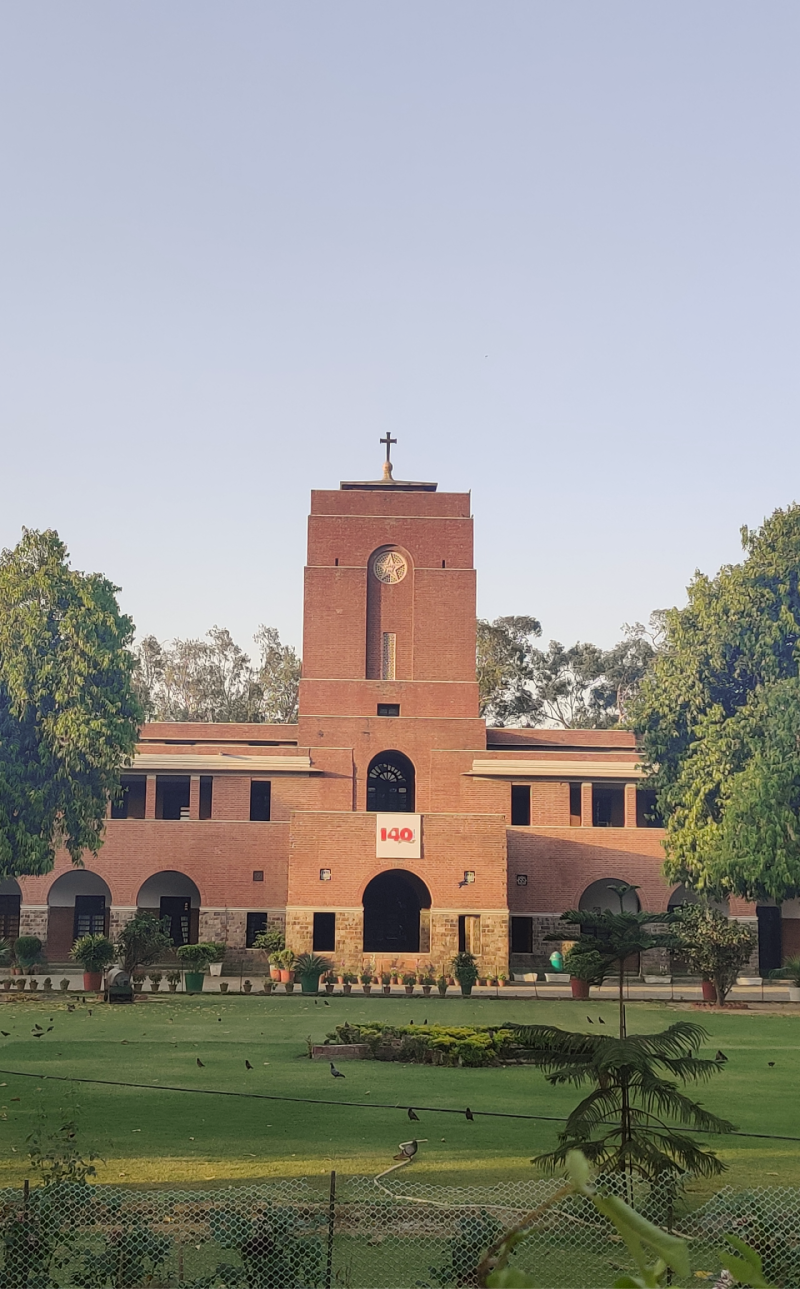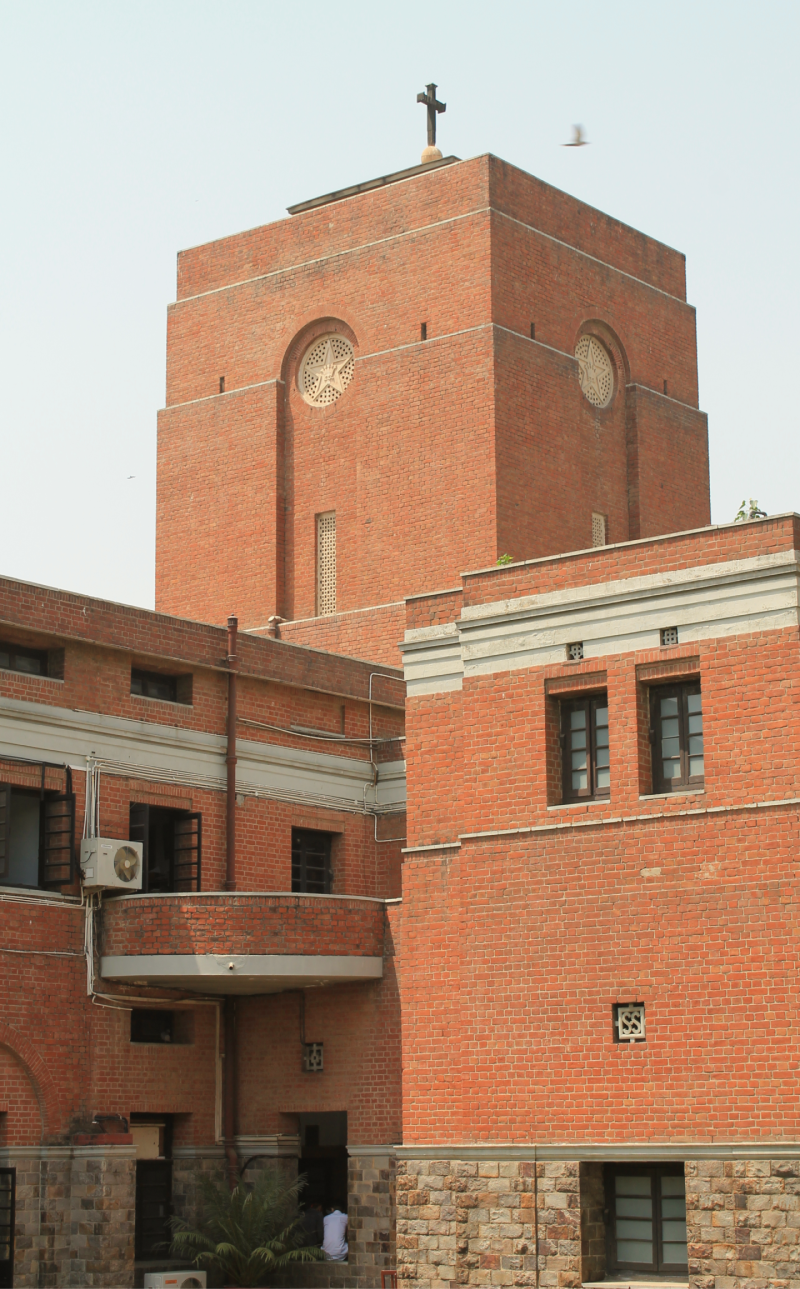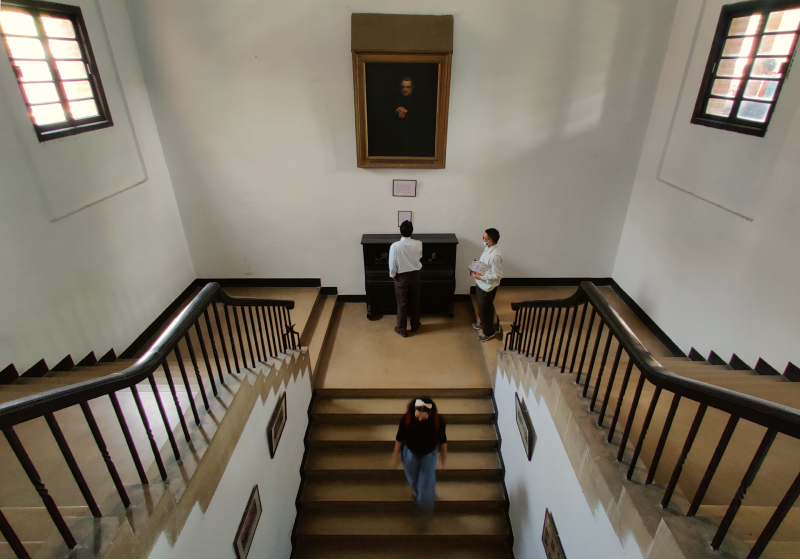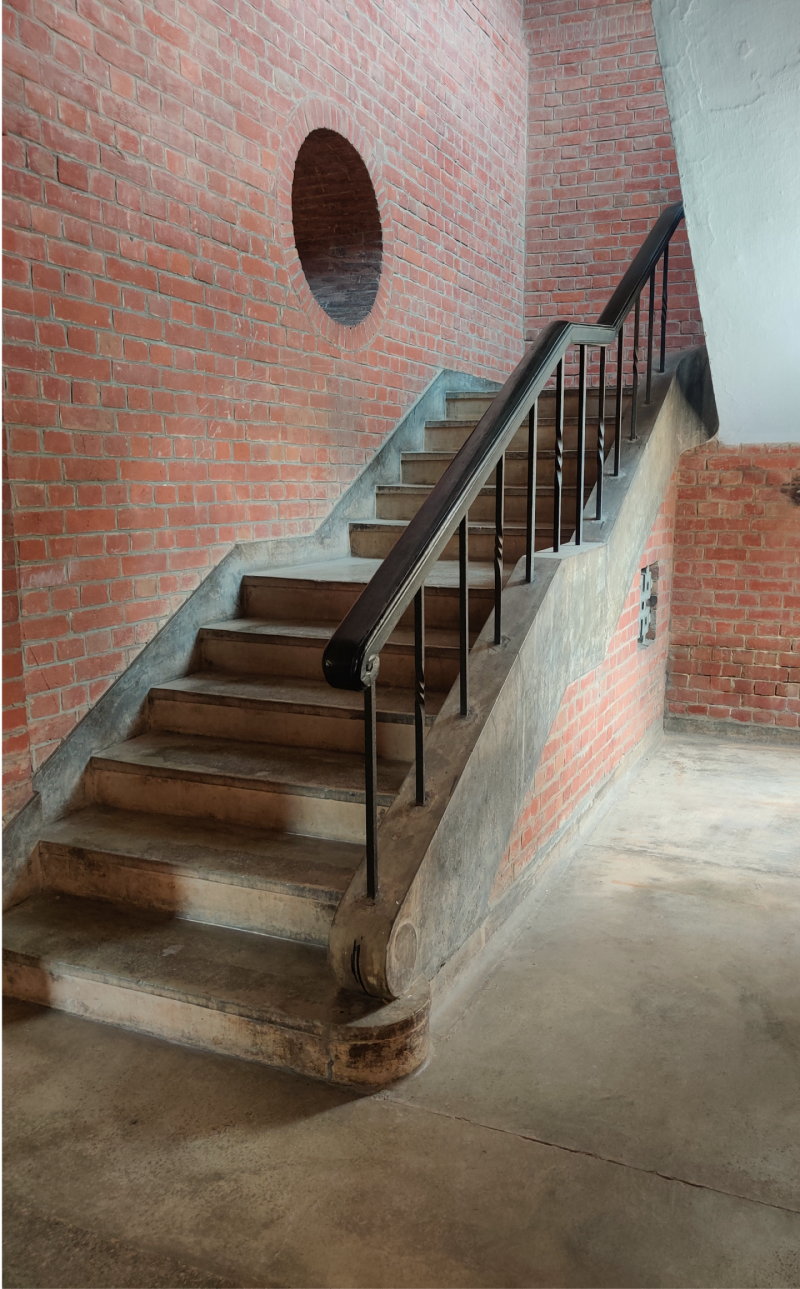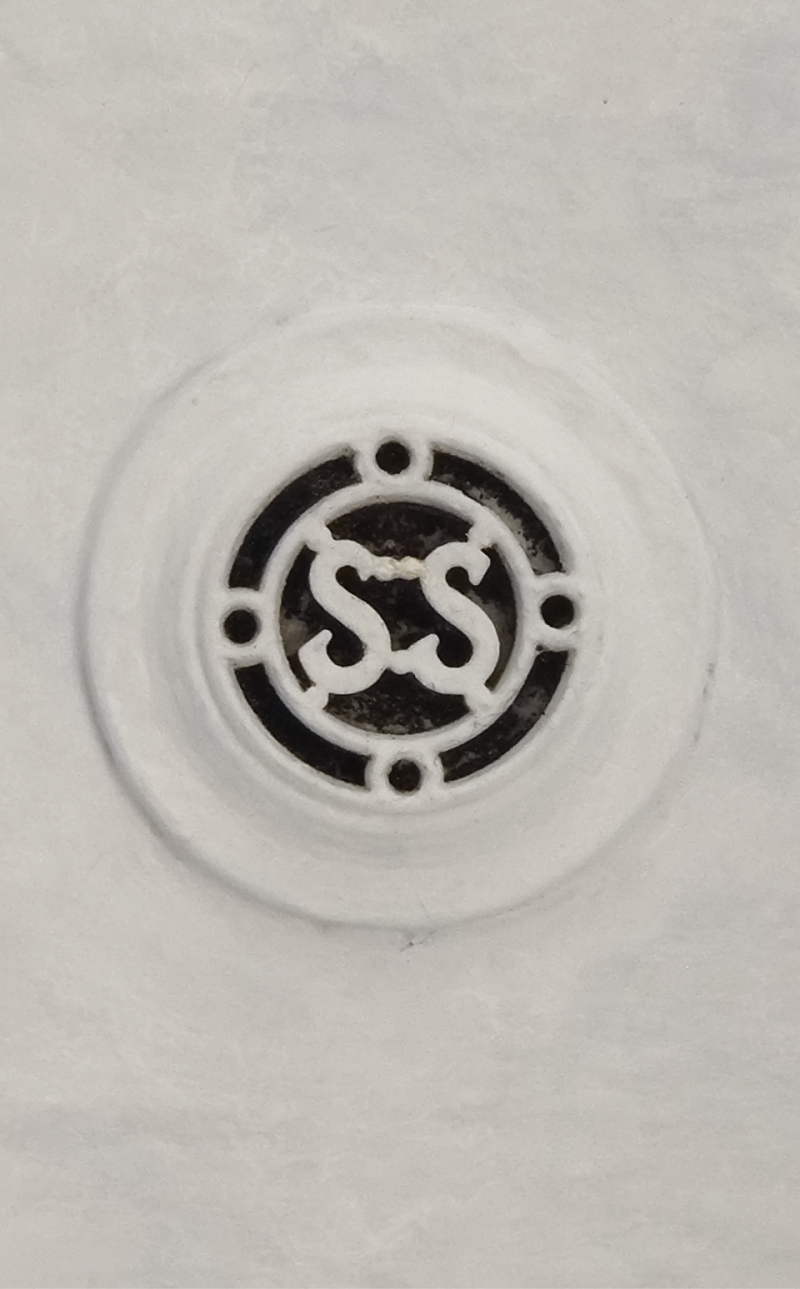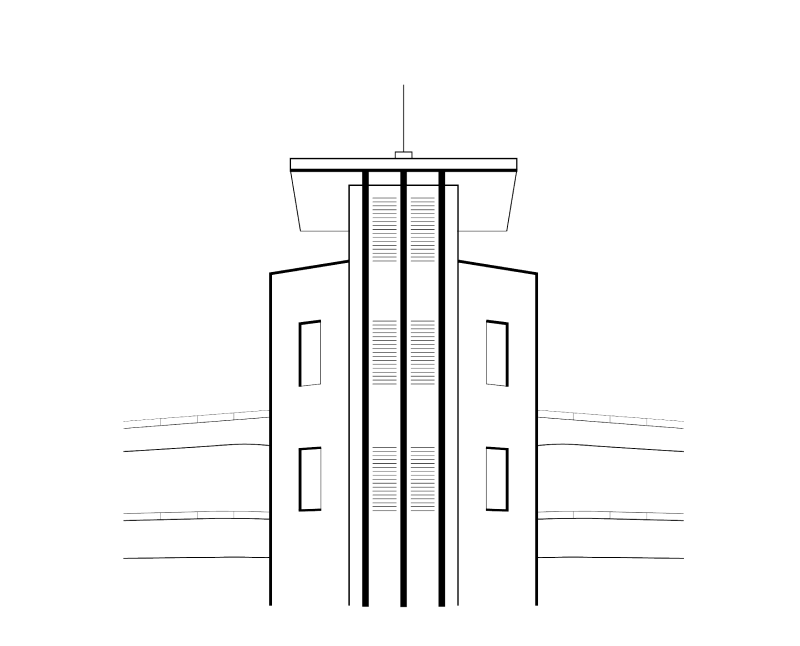Stephens College, 1938-41
Location : University Enclave
Architect : Walter Sykes George, Sardar Nand Singh
People : Revd. Charles Freer Andrews
St Stephens was designed by the well-known architect Walter Sykes George along with his Indian Associate at the time - Sardar Nand Singh, with its foundation stone laid in 1939 by Revd. Charles Freer Andrews, a close friend of Gandhi and a campaigner for Independence. The new college building was completed in 1941, with the exception of the chapel which was built in 1952. The college building has an elegant two-storey structure, made of brick and Delhi quartzite around four spacious residential courts. The construction was done by R.N. Mathur, an old Stephanian turned architect and contractor.
Marking the 15 years celebration of the College’s existence, the Stephen’s foundation proposed their intentions of moving away from the British ideologies, more towards Christianity and Indian-ness. ‘Thereafter, a culture of political debate came to characterise the college, despite overt political activism being discouraged in India at the time, until as late as the 1940s.’
The exterior architecture of the college reflects George’s preference towards Streamline Moderne with ornamental details mostly within window vents, and the five-pointed Star of India, adopted by the college as part of its coat of arms in 1926. Within the hybridization of styles the building’s architectural design imbibes, one can observe a subtle inspiration from the Art Deco style in its main entrance tower with the recessed profile, the extended entrance porch and the staircase design. Additionally, as a special feature, some of the jaalis at the college feature a ‘SS’ pattern, to acknowledge the initials of the college.
_
Image Copyrights : Deco In Delhi x St. Stephens College Acknowledgements : Revd. Valson Thampu and Mr Rohit Mathew, St. Stephens College References : Richard Butler, 'The Anglo Indian Architect Walter Sykes George', SAHBG (jstor)

